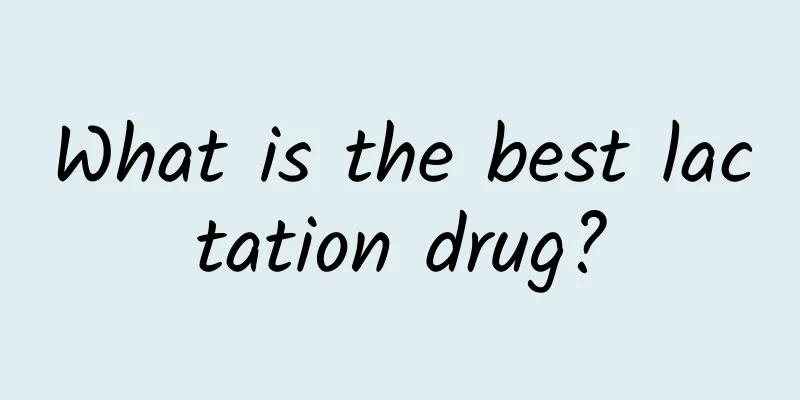Symptoms of low eye pressure

|
The eyes are very fragile organs. If you overuse them frequently, it can easily lead to blurred vision, affect the normal visual system, and sometimes even damage the human central nervous system. Therefore, everyone should pay attention to some conditioning methods, protect their eyes, and avoid overusing their eyes for a long time. Some people lack sleep for a long time, which leads to low intraocular pressure. What are the symptoms of low eye pressure? Hypotony, like hypertension, is a pathological condition. Mild or temporary low intraocular pressure often does not cause changes in eye tissue and function, but long-term intraocular pressure below a certain level (most scholars now agree to use 6 mmHg or less as the standard) can cause damage to eye tissue and function, such as corneal edema, cataracts, vitreous opacities, retinal and choroidal edema or detachment, papilledema, decreased vision, and even lead to eye atrophy and blindness. Symptoms often include decreased vision, intermittent or persistent eye pain, and in severe cases, complete loss of vision and obvious eye pain. Common signs include ciliary congestion, corneal deformation or collapse, corneal edema, wrinkles of the posterior Descemet's membrane of the cornea, turbid aqueous humor, shallow or absent anterior chamber, cataracts, vitreous opacities, retinal edema or detachment, ciliary body or choroidal detachment, choroidal calcification, papilledema, macular edema, scleral collapse or deep grooves at the attachment of the four rectus muscles, recurrent hemorrhage in the anterior chamber or vitreous, and reduced eyeball volume and shortened axial length. Not every patient will experience all of the above signs, and their severity may vary depending on the condition. Treatment principles: Acute hypotony occurs acutely, after an immediate drop in intraocular pressure, and is often reversible. If it is reversed within 15 days to a month, it is called temporary hypotony. Clinically, visual function damage can often be reversed. Chronic hypotony is hypotony that persists for more than 2 to 4 weeks without reversal, also known as protracted or persistent hypotony. Although many eyes may recover their baseline vision, it is not known how long a certain hypotony lasts, nor the risk of irreversible tissue damage and functional changes. Active measures are often needed to deal with it. Permanent hypotony: Long-term persistent hypotony that is not effective in treatment often leads to irreversible changes in visual function and eye tissue, resulting in loss of vision and eyeball atrophy. Since many factors such as surgery, trauma, retinal detachment, and inflammation can lead to low intraocular pressure, the cause should be investigated in detail clinically and specific treatment should be targeted at the cause. |
<<: Precautions after penicillin injection
Recommend
Why does my right middle finger hurt?
If we use our hands excessively, it will cause te...
Postpartum depression
For many women after childbirth, there will be a ...
Eczema behind the ears
Because the ears are exposed to the outside for a...
What medicinal materials are good for making wine with Maca?
Maca is a very popular medicinal material. Althou...
What to do if there is purple blood near the ankle
If there are purple-red bloodshot on the ankles, ...
What nutrients are lacking in onychomycosis?
Onychomycosis is a relatively serious nail disease...
Symptoms of liver fluke
Liver fluke disease is a disease caused by parasi...
When is the time for each organ to detoxify?
When I was in college, many of my classmates like...
What is the effect of fumigating moxa sticks at home
Moxibustion patches are not unfamiliar to us. In ...
Precautions after cystectomy
Transurethral resection of the bladder is a commo...
What kind of tea is good for eyes and improves eyesight?
Drinking some tea properly on a regular basis is ...
Where to moxibustion for cold calves
Some people have poor physical constitution and p...
What are the effects of moxibustion on knee pain?
Moxa sticks are a kind of traditional Chinese med...
Why do I get acne on my upper lip?
Acne is a very annoying thing that not only appea...
Shoulder pain and popping sound
The shoulder area is painful and prone to popping...









